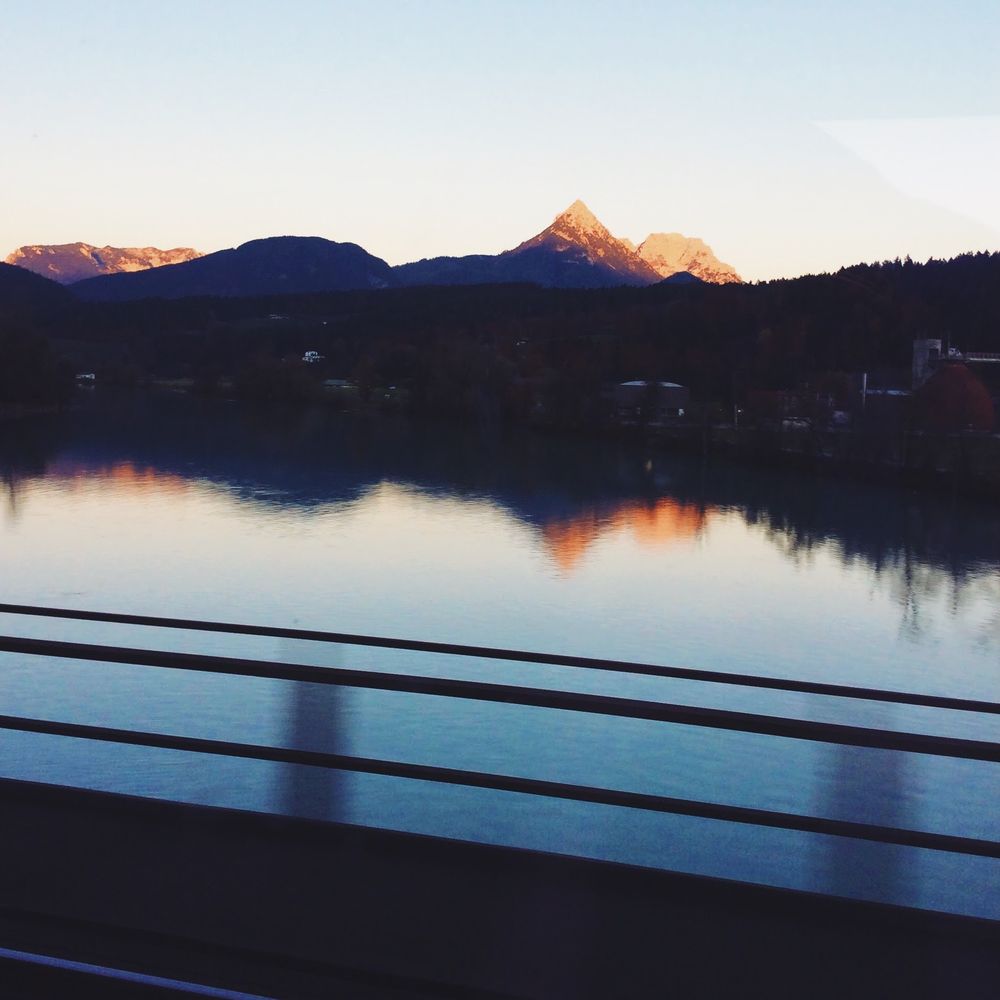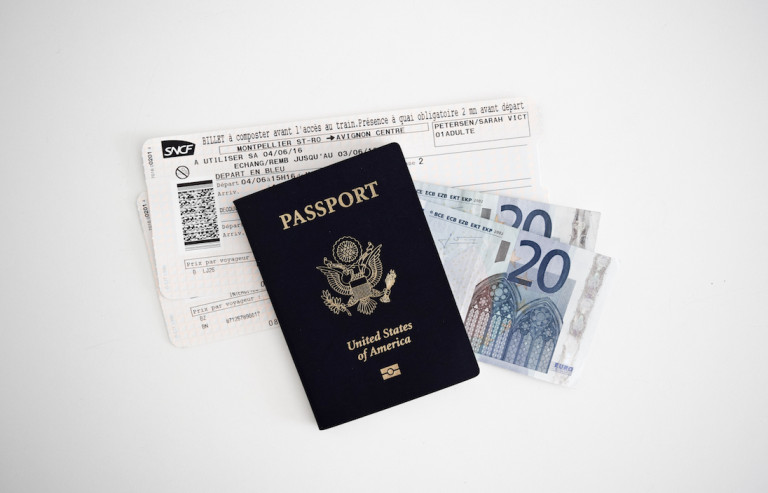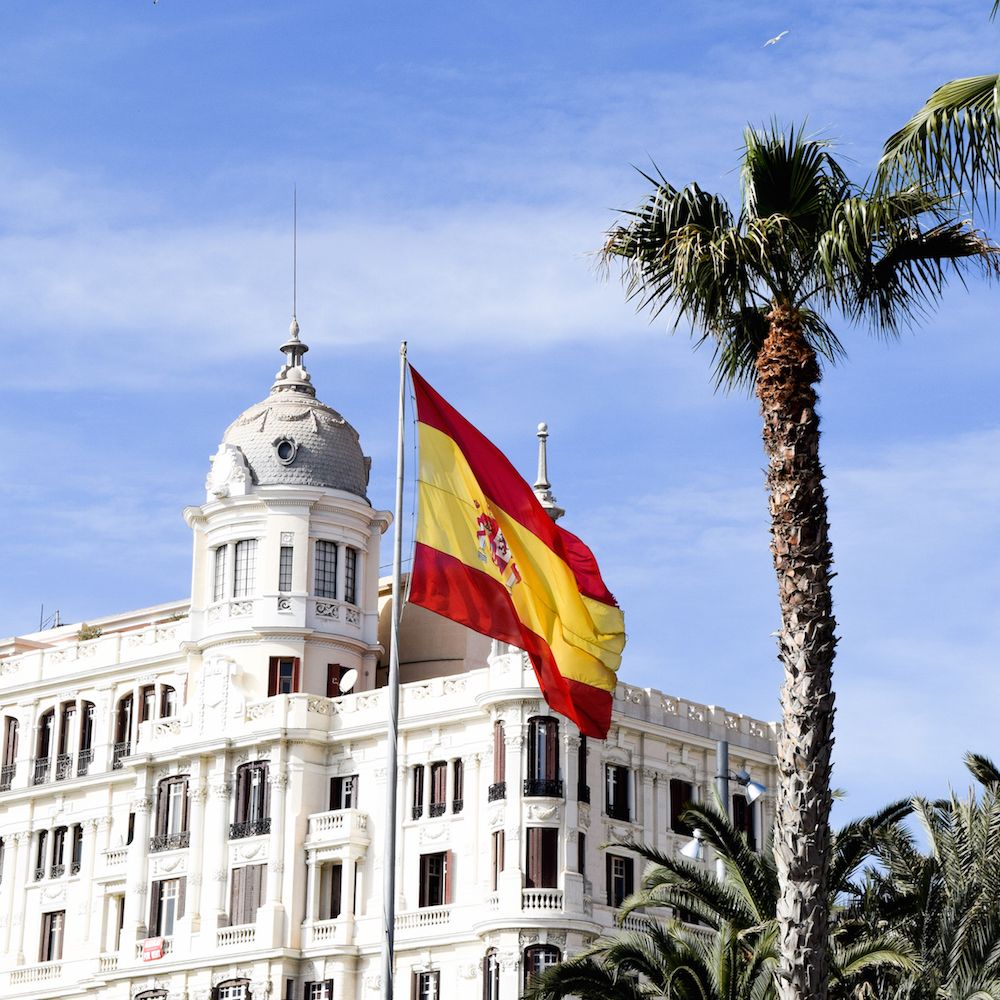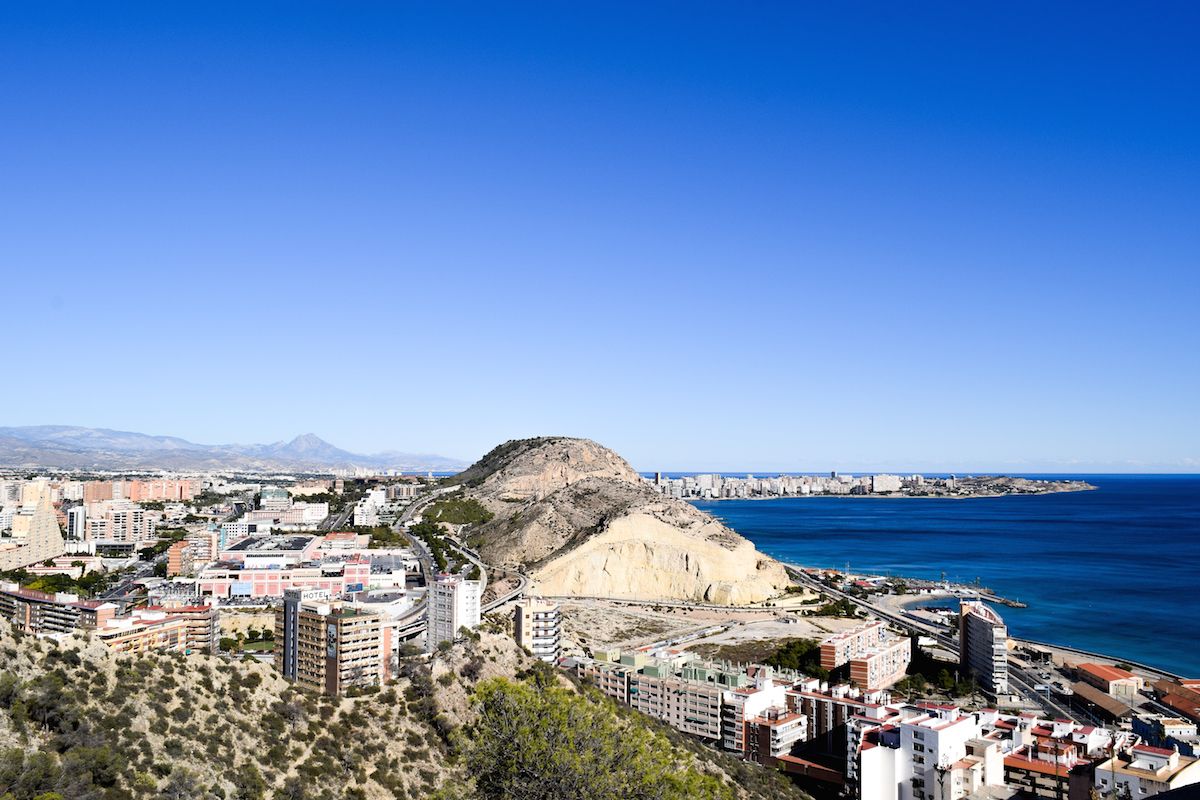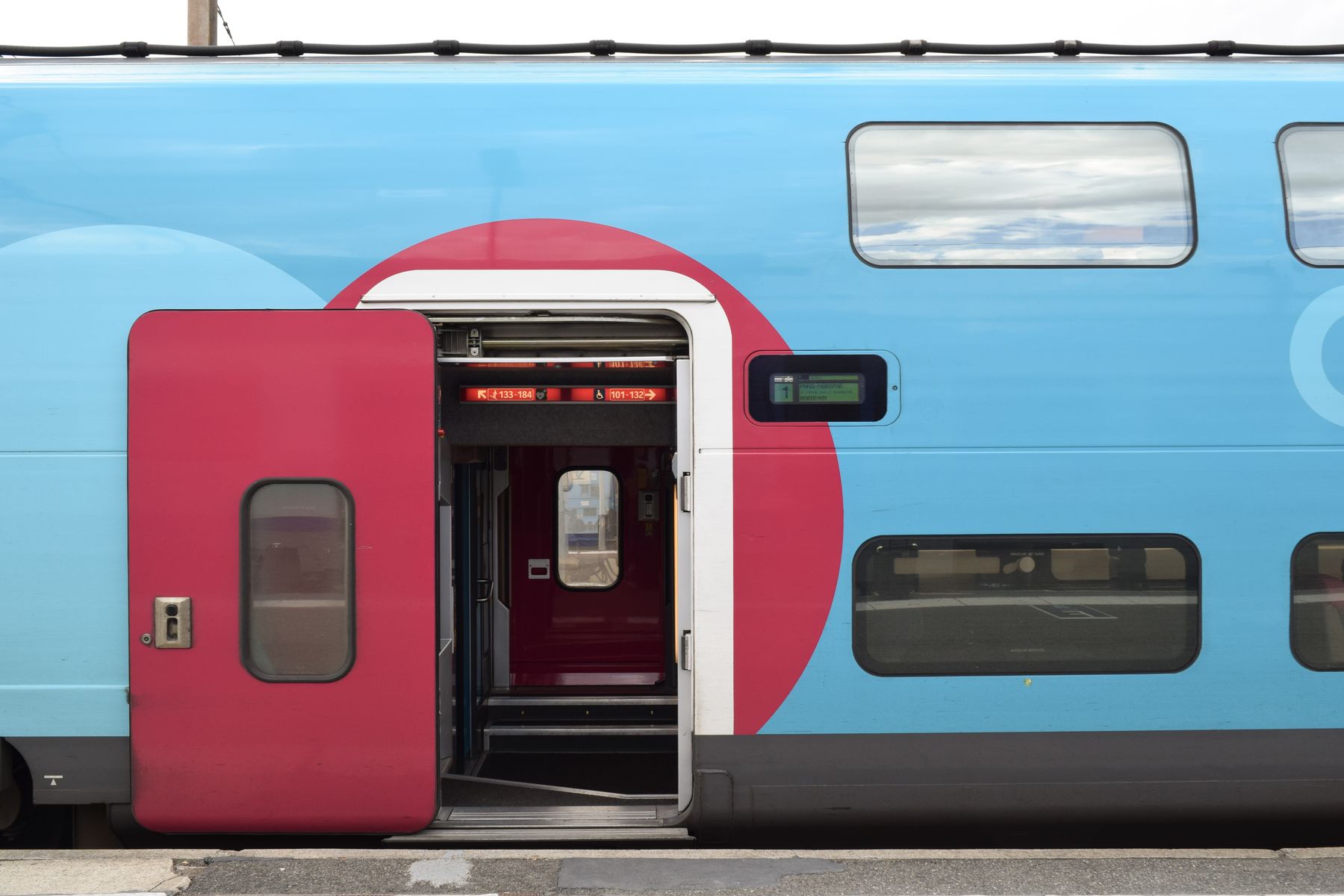Europe by Train: Your Ultimate Guide to Scenic Rail Adventures
Culture Travel may earn a commission through links on this website. As an Amazon Associate, we earn from qualifying purchases.
I am a big fan of traveling around Europe by train. The advantages of train travel are aplenty! I’ve traveled through nearly a dozen European countries by train. Here is my guide on how to travel by train in Europe.
Imagine gliding through the Swiss Alps, snow-capped peaks towering outside your window as the Glacier Express weaves through emerald valleys. Or picture yourself sipping espresso on a train hugging the Amalfi Coast, turquoise waves sparkling below rugged cliffs.
Train travel in Europe isn’t just a mode of transport—it’s a journey into the heart of the continent’s beauty, culture, and history. With its eco-friendly appeal, breathtaking scenery, and seamless connectivity, rail travel offers an immersive way to explore Europe’s cities and countryside.
This post will guide you through the essentials of train travel in Europe, from planning tips to iconic routes, ensuring your journey is as unforgettable as the destinations themselves.
Why Choose Train Travel in Europe?
Convenience and Connectivity
Europe’s rail network is a marvel, connecting bustling capitals like Paris and Berlin to quaint villages nestled in the Alps or along the Mediterranean. Systems like Eurail (for non-European residents) and Interrail (for European residents) make it easy to hop between countries or explore a single nation in depth. High-speed trains like France’s TGV or Spain’s AVE shrink distances, while regional trains uncover hidden gems off the beaten path.
Scenic Beauty
No other mode of transport rivals the views from a train window. Watch vineyards roll by in Tuscany, fjords carve through Norway, or lavender fields bloom in Provence. Routes like the Bernina Express offer panoramic carriages designed to soak in every glacier and gorge, turning the journey into a destination.
Eco-Friendly Travel
Trains are one of the greenest ways to travel, producing significantly lower emissions than flights or cars. For environmentally conscious travelers, rail offers a sustainable way to explore Europe without sacrificing comfort or convenience.
Cultural Immersion
Train travel immerses you in local life. Bustling stations like Amsterdam Centraal or Lisbon’s Santa Apolónia pulse with the energy of commuters, vendors, and travelers. Onboard, you might share a compartment with a local sharing stories or sample regional snacks in the dining car, making every mile a cultural experience.
Planning Your European Train Adventure
Choosing the Right Pass
Eurail and Interrail passes are the backbone of flexible train travel. Eurail is for non-European residents, while Interrail is for Europeans. Both offer options like the Global Pass (covering 33 countries) or single-country passes for focused exploration. Choose based on your itinerary—Global for multi-country trips, single-country for in-depth adventures like Italy or Spain.
Booking Tickets
Passes cover most trains, but you can also book individual tickets via platforms like Trainline or Omio for specific routes. Compare prices, as point-to-point tickets can sometimes be cheaper for short trips. Book high-speed or overnight trains early to secure seats, especially during peak seasons.
Timing and Seasons
Shoulder seasons (spring and fall) offer fewer crowds and milder weather, ideal for scenic routes like Switzerland’s Glacier Express. Summer brings vibrant festivals but busier trains, while winter unveils snowy landscapes on routes like the Black Forest Railway. Check weather forecasts for routes prone to seasonal disruptions, like alpine passes.
Packing Light
Trains have limited luggage space, so pack compactly. A carry-on-sized suitcase or backpack is ideal, with essentials like a reusable water bottle, snacks, and a charger for long journeys. Include layers for varying climates and a neck pillow for overnight trains.
Budgeting
Passes range from $200–$1,000 depending on duration and coverage, with reservations (required for some trains) costing $10–$30 extra. Budget for onboard dining or station snacks, and save money by traveling off-peak or using regional trains, which often don’t require reservations.
Top Train Routes in Europe
Iconic Routes
- Glacier Express (Zermatt to St. Moritz, Switzerland): This 8-hour journey through the Alps crosses 291 bridges and 91 tunnels, showcasing glaciers and charming villages.
- Venice Simplon-Orient-Express (London to Venice): A luxurious, vintage train experience with gourmet dining and Art Deco elegance, perfect for a bucket-list trip.
- Bernina Express (Chur, Switzerland to Tirano, Italy): A UNESCO World Heritage route, this 4-hour ride climbs the Alps and descends to Italy’s sunny valleys.
- The Coastal Route (Lisbon to Porto, Portugal): Hugging the Atlantic, this 3-hour trip offers ocean views and stops in charming coastal towns.
Hidden Gems
- Black Forest Railway (Germany): Wind through fairy-tale forests and valleys in Baden-Württemberg, with stops in picturesque towns like Triberg.
- Douro Line (Porto to Pocinho, Portugal): This scenic route follows the Douro River through terraced vineyards, a lesser-known gem for wine lovers.
City-to-City Connections
- Paris to Amsterdam (3.5 hours): A high-speed Thalys route connecting two vibrant capitals.
- Munich to Prague (5.5 hours): A comfortable ride through Bavarian and Bohemian countryside, perfect for history buffs.
Tips for a Smooth Train Journey
Understanding Reservations
High-speed trains (e.g., TGV, Eurostar) and overnight trains often require seat reservations, even with a pass. Book these via rail apps or at stations to avoid surprises. Regional trains typically don’t need reservations, offering flexibility for spontaneous trips.
Navigating Stations
Large stations like Paris Gare du Nord or Munich Hauptbahnhof can feel overwhelming. Arrive early to locate platforms, check digital timetables, and follow signs (often in English). Smaller stations are simpler but may have fewer amenities, so plan ahead.
Onboard Experience
Expect varied amenities: high-speed trains often have Wi-Fi and dining cars, while regional trains may be more basic. Overnight trains like the Nightjet offer sleeper cabins or reclining seats—book early for comfort. Bring entertainment like books or downloaded shows for longer journeys.
Language and Etiquette
Learn basic phrases like “hello” (bonjour, hallo) or “thank you” (merci, danke) to connect with staff and locals. Keep noise low in quiet carriages and respect shared spaces, especially in crowded trains.
Safety Tips
Keep valuables secure in busy stations—use a money belt or lockable bag. Stay aware of your surroundings, especially during transfers, and avoid leaving luggage unattended. Most stations and trains are safe, but vigilance is key.
Practical Tools and Resources
Apps and Websites
- Rail Planner (Eurail/Interrail): A free app for offline timetables and pass management.
- DB Navigator: Ideal for German and cross-border routes, with real-time updates.
- Omio/Trainline: User-friendly platforms for booking tickets and comparing prices.
Maps and Guides
The Eurail map is a great starting point for route planning, available online or in print. Guidebooks like Lonely Planet’s Europe by Rail offer detailed itineraries. For inspiration, check X posts from travelers sharing real-time route tips.
Packing Apps
Apps like PackPoint help create tailored packing lists based on your itinerary and weather. Notion or Trello can organize travel plans, from tickets to reservations.
Local Insights
Search X for hashtags like #Eurail or #TrainTravelEurope to find recent traveler tips, station updates, or route recommendations. Travel forums like Rick Steves’ community also offer practical advice.
Challenges and How to Overcome Them
Delays and Cancellations
Delays happen, especially on busy routes. Check apps like Rail Planner or station boards for real-time updates. If disrupted, ask station staff for alternative routes—many passes allow flexibility.
Language Barriers
In non-English-speaking regions, use translation apps like Google Translate or DeepL. Station signs often include English, and staff at major hubs usually speak it.
Crowded Trains
Peak times (summer, holidays) mean packed trains. Book reservations early, arrive at the platform ahead of time, and consider first-class passes for more space on popular routes.
Luggage Logistics
Store bags in overhead racks or designated areas, but keep essentials in a small daypack. In busy stations, use escalators or elevators to avoid lugging bags up stairs.
The Best Luxury Train in Europe
Want to take a luxury train trip in Europe?
The first time I discovered the Orient Express, I was on a train from Munich to Verona in October of 2015. At around dusk, we arrived in Innsbruck, Austria. As we pulled into the station and came to a stop, something surreal happened.
A train pulled into the track across our platform and through the window I saw tables with a rosy red 20s-style lamp on them, barmen dressed in crisp white attire, like something out of The Great Gatsby, and suits hanging in some compartments. The train was a dark forest green with elegant gold detailing. I can’t even describe how during this moment. I felt like I was transported to another era.
When the train came to a stop, I read the capitalized gold lettering: Compagnie Internationale Des Wagons – Lits et Des Grands Expresses Européens. Towards the bottom, I saw a small white sign with “Venice Simplon Orient Express” written in an Art Nouveau-style font.
A few minutes later, we departed, and I was back in reality. Where did that train come from and where was it going? At that moment, I wasn’t sure but I was sure that one day I would like to ride it!
Train travel in Europe blends flexibility, stunning scenery, and sustainability into an unforgettable adventure. Whether you’re marveling at the Alps on the Glacier Express or sipping wine along the Douro Line, each journey offers a unique window into the continent’s soul. Start planning your rail adventure today—pack light, book smart, and let the tracks lead you to new horizons. Share your favorite routes or tips in the comments or on X using #TrainTravelEurope. Happy travels!
